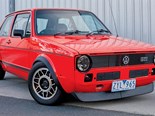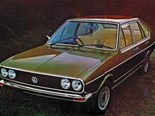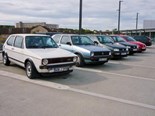VW Golf Mk1 review: Great Cars of the 70s
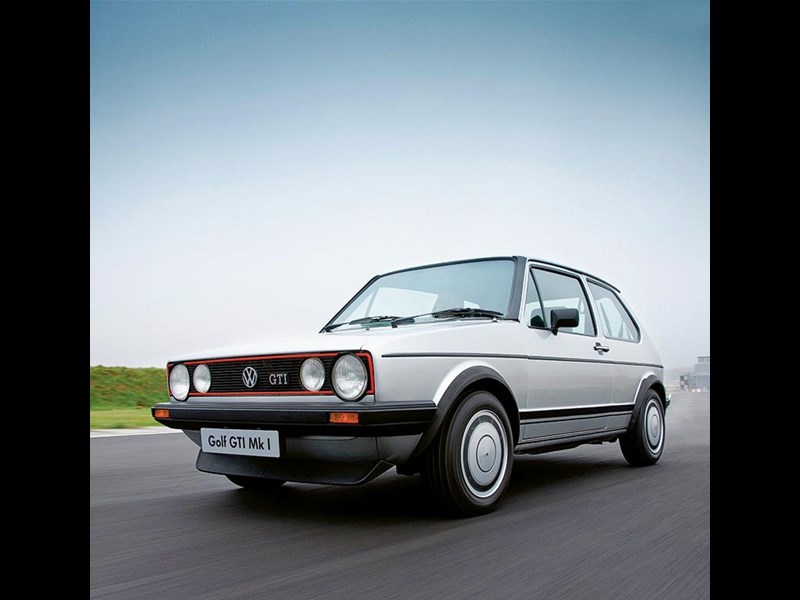 1976 Volkswagen Golf I GTI
1976 Volkswagen Golf I GTI

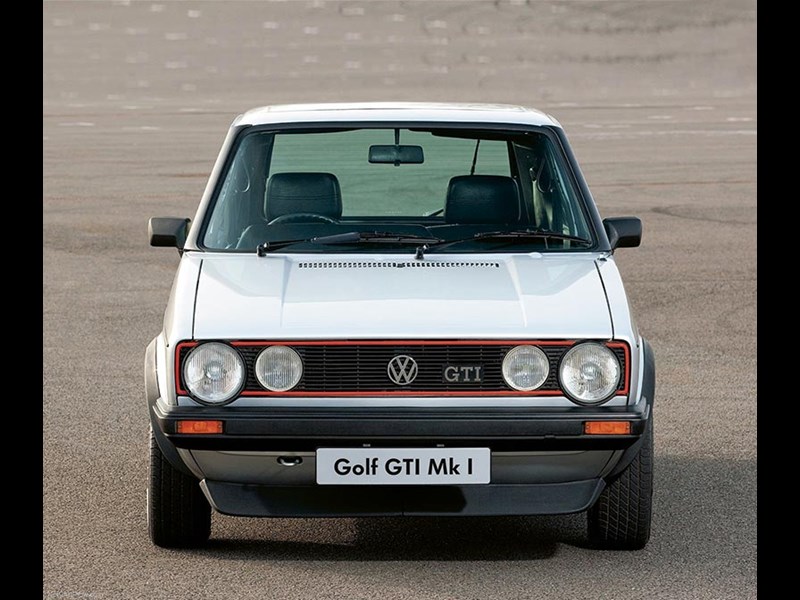 1976 Volkswagen Golf I GTI
1976 Volkswagen Golf I GTI

 1983 Volkswagen Golf
1983 Volkswagen Golf
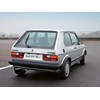
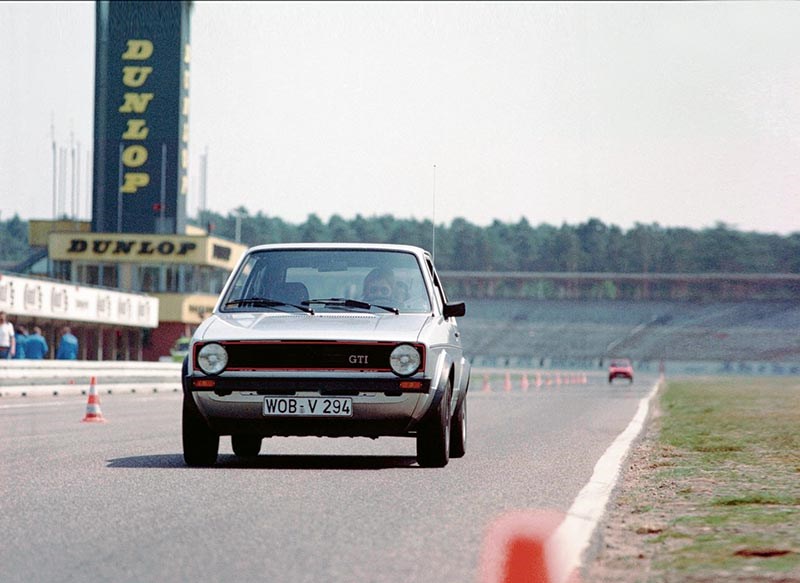 1976 Volkswagen Golf I GTI
1976 Volkswagen Golf I GTI

 1976 Volkswagen Golf I GTI
1976 Volkswagen Golf I GTI
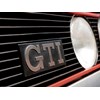
 1983 Volkswagen Golf 1983
1983 Volkswagen Golf 1983
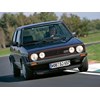
 1983 Volkswagen Golf 1983
1983 Volkswagen Golf 1983

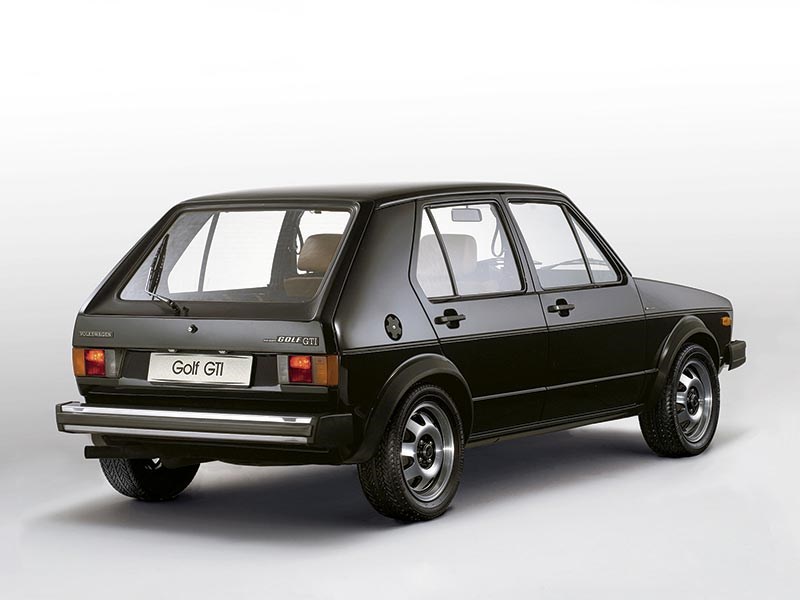 1976 Volkswagen Golf
1976 Volkswagen Golf

 1976 Volkswagen Golf
1976 Volkswagen Golf
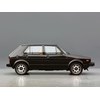
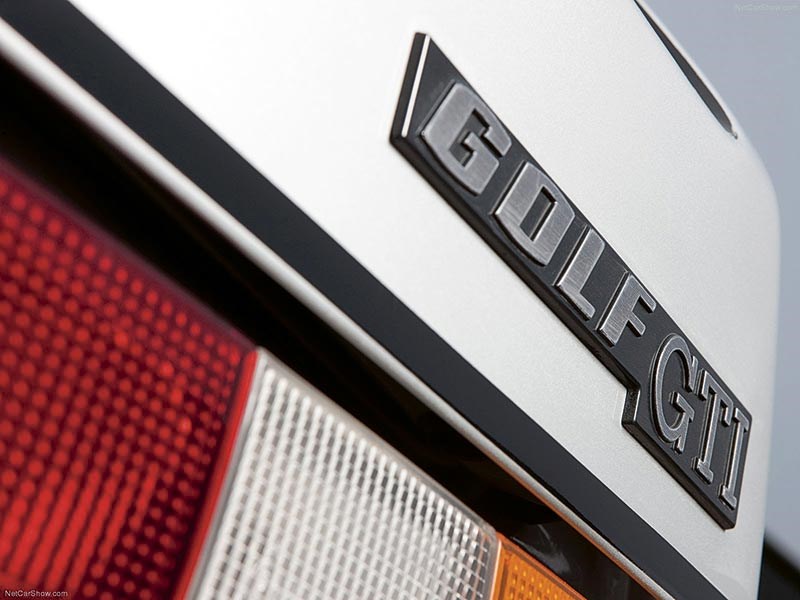 1976 Volkswagen Golf I GTI
1976 Volkswagen Golf I GTI

 1983 Volkswagen Golf 1983
1983 Volkswagen Golf 1983

 1976 Volkswagen Golf I GTI
1976 Volkswagen Golf I GTI
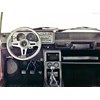
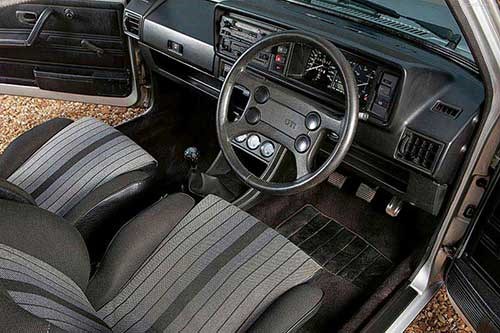 1976 Volkswagen Golf I GTI 1976
1976 Volkswagen Golf I GTI 1976

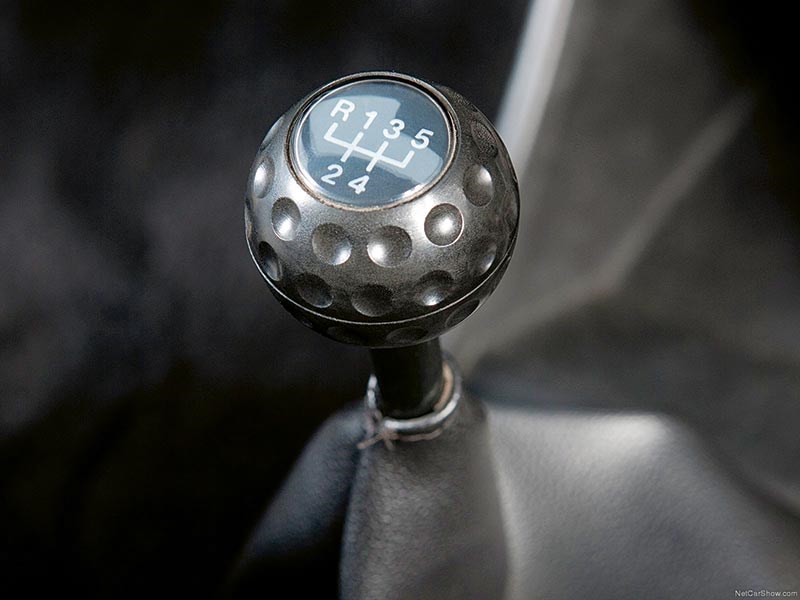 1976 Volkswagen Golf I GTI
1976 Volkswagen Golf I GTI

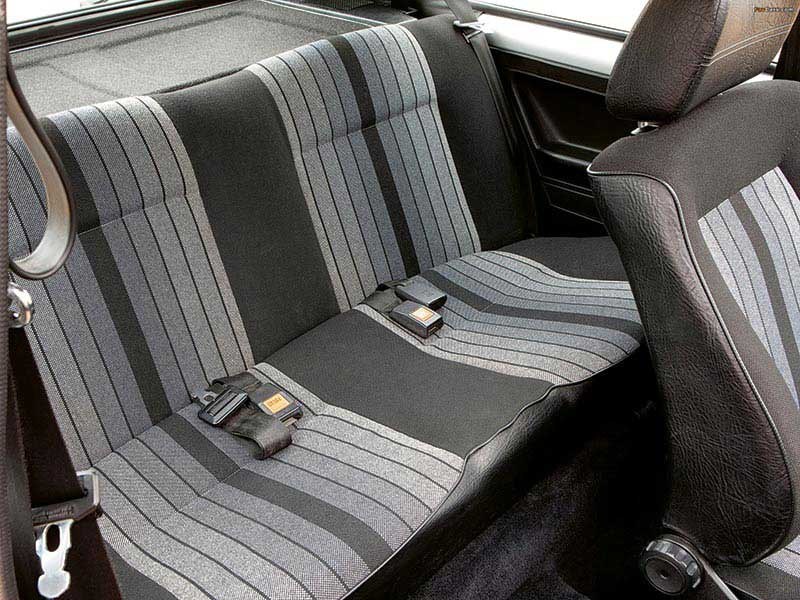 1983 Volkswagen Golf
1983 Volkswagen Golf

 1983 VW Golf brochure
1983 VW Golf brochure
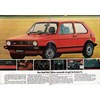

|
|
1976 Volkswagen Golf I GTI
|

|
|
1976 Volkswagen Golf I GTI
|

|
|
1983 Volkswagen Golf
|

|
|
1976 Volkswagen Golf I GTI
|

|
|
1976 Volkswagen Golf I GTI
|

|
|
1983 Volkswagen Golf 1983
|

|
|
1983 Volkswagen Golf 1983
|

|
|
1976 Volkswagen Golf
|

|
|
1976 Volkswagen Golf
|

|
|
1976 Volkswagen Golf I GTI
|

|
|
1983 Volkswagen Golf 1983
|

|
|
1976 Volkswagen Golf I GTI
|

|
|
1976 Volkswagen Golf I GTI 1976
|

|
|
1976 Volkswagen Golf I GTI
|

|
|
1983 Volkswagen Golf
|

|
|
1983 VW Golf brochure
|
The Golf Mk1 remains the seminal compact hatchback but then Volkswagen needed something very special to retire the Beetle
Volkswagen Golf Mk1
'The Car that Kills the Beetle’ was Wheels’ headline for the first European drive of the Volkswagen Golf in the July 1974 edition. The Golf not only changed the way Volkswagen did business, it set a new template for small to medium cars. In some respects it was a European answer to the challenge set by the Honda Civic but the interesting difference is that while Honda’s introduction of a mass-production front-wheel drive small car provoked no obvious imitators in Japan, the Golf essentially changed the game: to quote the Australian advertising campaign, it was indeed a ‘whole new ball game’.
The ball game was a secondary meaning with the car being named after the Gulf Stream (‘Golf Strom’ in German). But the VW public relations machine was happy to claim that the car had the same qualities of dynamic endurance and precision as the game!
Just two years elapsed between the launch of Volkswagen’s first front-driver, the Passat, and the coming of the Golf. There wasn’t much wrong with the Passat but the Golf rendered it instantly old-hat. Alec Issigonis had mounted the 1959 Mini’s engine transversely but the Passat’s single overhead camshaft in-line four went in lengthwise. So it only took Volkswagen’s engineers 15 years to follow Issigonis’ example.
![Volkswagen _golf _1983_1[1]-500](https://assets.primecreative.com.au/s3/cougar-assets/momo-media/13520921/volkswagen_golf_1983_1-1-500.jpg)
The Golf could perhaps be judged even more space-efficient than the Mini. Despite being 482 mm shorter than a Passat it offered similar interior space. It was also Volkswagen’s first hatchback, coming almost a decade after the Renault 16. There is another point the Golf has in common with the Mini; both could be said to have contributed to the demise of the Beetle.
No other new car – even the Mini replacing the Minor – has been so radically different from its predecessor. A modern water-cooled in-line four-cylinder engine with an overhead camshaft (instead of an air-cooled overhead valve ‘boxer’) was placed across the wide front of the Golf to drive the front wheels. Giorgetto Giugiaro had shaped a body as boxy as the Beetle’s was curved. Just about all the Golf and the Beetle had in common was their brand.
The Beetle had evolved steadily from 1934 when its air-cooled rear engine, rear-wheel drive configuration was at least novel, but few imitators – Renault 4CV, Fiat Nuova 500, NSU Prinz, etc – appeared until after the war.
![Volkswagen _golf _1983_6[1-500]](https://assets.primecreative.com.au/s3/cougar-assets/momo-media/13520928/volkswagen_golf_1983_6-1-500-.jpg)
Some have suggested that the Volkswagen Golf should be compared with the Porsche 911 on the grounds of following the same basic formula for decades. The two cars actually diverged quite markedly in one key regard. Both Volkswagen and Porsche intended to replace their long-lived air-cooled rear-engined cars with radically new models but hedged their bets by keeping the old stalwarts in production.
But while Volkswagen buyers joyously accepted the radical change, Porsche customers didn’t. Those who preferred a Beetle could buy a Superbug for a few marks less than an entry level 1.1-litre Golf but within a few years the only substantial markets for the Bug were outside Germany. Porsche’s 928, on the other hand, resolutely failed to kill off the 911.

Before the end of the swinging ’60s the Beetle had lost most of its cool except as the used car transport of choice for hippies. Volkswagen chairman, Rudolf Leiding, signed off on what were effectively two new generations of front-wheel drive VWs, the relatively cautious Passat and the go-for-broke Golf.
There was nothing either radical or new about the Golf’s configuration in Europe. By 1974 the writing was already on the wall for smallish rear-wheel drive cars. Volkswagen’s acquisition of Audi in 1966 gave it access to the technology: the Passat was an Audi Fox with a fastback (but no hatch, amazingly). The Renault 4 had been followed by the Car of the Year Renault 16 in 1965. Alfa Romeo and Fiat were about to switch, while all Saabs – like Citroëns of the time – were traction avant.
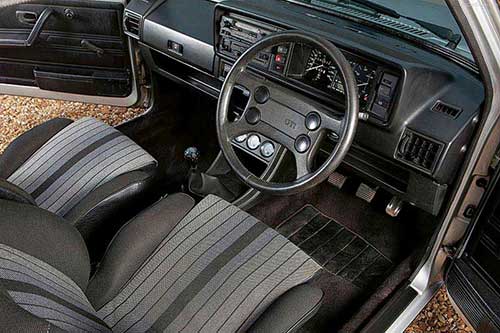
Japan was another matter. Fuji Heavy Industries introduced its first front-drive Subaru in October 1965. Honda had diminutive but great fun N360 and N600 Scamps in considerable numbers by the late 1960s. But front-wheel drive was eschewed by Japan’s biggest manufacturers, Toyota and Nissan. Even the international success of the larger Civic seemed to make no difference.
Nissan’s forgettable 1979 Pulsar probably hit the drawing board before the launch of the Golf but the next wave of Japanese front-wheel drive cars owed their existence to Volkswagen’s change in philosophy. The Mitsubishi Colt and Mazda 323 were first. From 1980 there would be no turning back. The Mazda in particular had Volkswagen Golf fingerprints all over it. The template that still applies to small-medium cars (I say ‘small-medium’ because successive models keep growing bigger) 40 years on was established by the Golf and turned Japanese by Mazda.

Some months after the Golf’s local debut in mid-1976, I bought a 1975 Passat TS, largely on the strength of its supposed sporting credentials. The TS shared its mechanicals with the Audi Fox sedan, meaning it had 98 horsepower (73 kW) instead of the 86 (63) found beneath the bonnet of other 1471cc Passats. The Golf had an extra 115cc but less power at 75 (55). All these front-drive VWs were astonishingly light by today’s standards with the Golf, at 805 kg, 70 less than the Passat TS. The latter took 18.5 for the standing 400 metres, and the Golf was just a tenth behind. In theory the TS could reach 170km/h to the Golf’s 160. The reality was that the Golf felt torquier in everyday driving and generally less highly strung.
SPECIFICATIONS
1976 Volkswagen Golf LS
Body: 3-door hatch, 5-door hatch
Engine: 1588cc in-line 4
Power: 55kW @ 5600rpm
Torque: 119Nm @ 3200rpm
Transmission: 4-speed manual, 3-speed auto
Suspension: MacPherson sttuts/wishbones/anti-roll bar (f), trailing arms/interconnected torsion bar (r)
Brakes: discs (f), drums (r)
Weight: 805kg (kerb)
0-100km/h: 12.8sec
Top speed: 160km/h
Price: $4358 (plus on-road costs)
Unique Cars magazine Value Guides
Sell your car for free right here
Get your monthly fix of news, reviews and stories on the greatest cars and minds in the automotive world.
Subscribe

.jpg)









